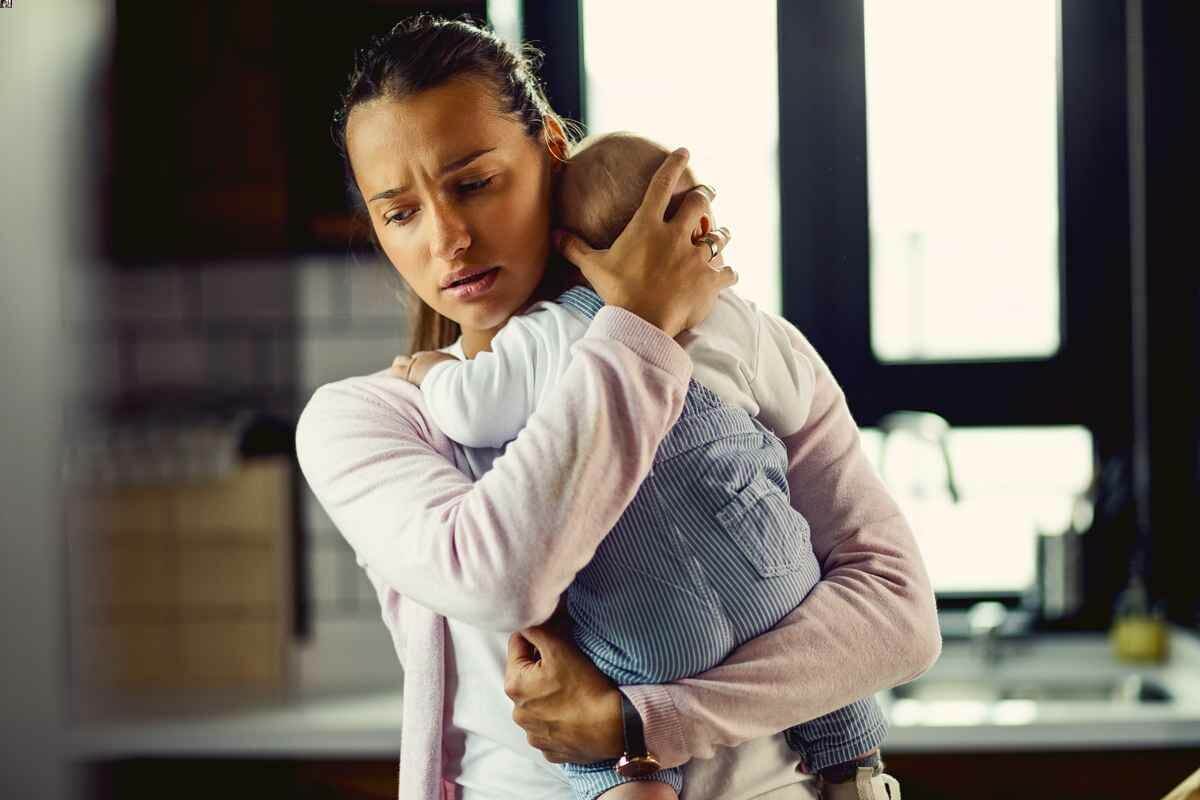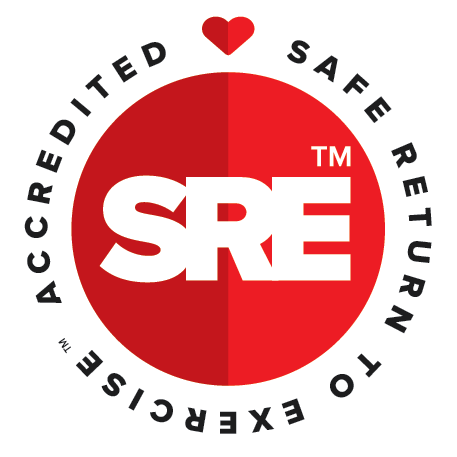Pain in the postpartum period

The postpartum period is a busy season of parenting and motherhood. Unfortunately, there are some common issues of pain that can arise or continually persist following childbirth and delivery which, when left unattended, can lead to future problems.
Early recognition and management not only help with the improvement of pain and general wellbeing but can play a role in the prevention of long-term concerns.
Some common postpartum-related conditions are:
- Low back pain
- Pelvic girdle pain
- Wrist /thumb pain
- Neck and shoulder pain
- Perineal pain
- Pain with sexual function
These commonly arise due the stress on the joints and spine from repetitive movements; vulnerable muscles such as the pelvic floor and abdominal muscles; and ongoing hormonal changes.
Here are a few tips on how to help manage your pain whether you have had a vaginal delivery or a cesarean section:
1. Rest
The saying “sleep when baby sleeps” comes from understanding that the body needs rest for mental and physical health including wellbeing. In addition, placing yourself in a horizontal position puts less stress and pressure on the pelvic floor assisting in its recovery.
2. Be aware of your posture
Especially during the times when you are upright for long periods, whether sitting or standing. Ensure you are keeping good form, using cushions or support as needed. Avoid lifting anything heavier than your baby.
3. Ice
Ice can bring relief after a vaginal delivery to assist with swelling, pain and healing. Make sure the ice is not placed directly on to the skin.
4. Compression
Use of comfortable, firm and supportive wear can also provide some form of support for the pelvic floor and abdominal region. It is important to find something that you are comfortable in and does not cause further pain. If you are not sure, your women’s health physiotherapist can assist you in finding the right one suitable for you.
5. Exercise with guidance
It is important to avoid any exercises that cause pain or aggravate it. Engaging in gentle exercises, especially the pelvic floor and deep abdominal muscles first, is an absolute priority after pregnancy. It is important to reconnect with these muscles and ensure they are working properly to assist with core strength and support. A MumSafe™ trainer will help support and guide you in your safe return to exercise.
6. Seek HELP
It is important to seek help from your healthcare provider including a women’s health physiotherapist if you:
- Continue to experience persistent pain and stiffness that is not resolving.
- Experience other symptoms accompanying your joint pain such as pins and needles or numbness.
- Find your day-to-day activities and chores becoming difficult because of pain and tightness.
- Need advice on specific strategies with regards to your daily activities, childminding and returning to sports or exercise.
We certainly understand the challenges new mothers face and a women’s health physiotherapist is well-positioned to give you the most appropriate treatment and advice for your pain alongside an individualized treatment plan and practical strategies that are specific to you and your needs.
Most importantly, I want to encourage all new mums to have patience with themselves and their bodies. Seek help early and your body will thank you for it.
Getting help
If you require more help or you are looking for an individualized program, please reach out to a Women’s Health Physio. Click here to find one in your area.
Tafy Seade is the owner and principal of Inner Active Pelvic Health Physiotherapy, a practice that solely focuses on pelvic health rehabilitation services helping to restore confidence and strength in women after pregnancy and childbirth. She plays an active role as a committee of the Australian Physiotherapy Association’s Women’s, Men’s and Pelvic Health state group. She enjoys combining education, research and practice in advancing the field of pelvic health.
DISCLAIMER: This is general information only. For specific advice about your healthcare needs, you should seek advice from your health professional. Inner Active Pelvic Health and Physiotherapy does not accept any responsibility for loss or damage arising from your reliance on this blog instead of seeing a health professional.
Photo Credit: Drazen Zigic
References
Baddock, S. (2019). Overview of physiological changes during the postnatal period. In S. Pairman, S. Tracy, H. Dahlen & L. Dixon (Eds), Midwifery: Preparation for practice (4th edn, Chapter 27). Elsevier.
Kealy, M.A., Small, R.E., & Liamputtong, P. (2010). Recovery after caesarean birth: A qualitative study of women’s accounts in Victoria, Australia. BMC Pregnancy and Childbirth, 10(1), 1. https://doi.org/10.1186/1471-2393-10-47.
Thompson, J.F., Roberts, C.L., Currie, M., & Ellwood, D.A. (2002). Prevalence and persistence of health problems after childbirth: Associations with parity and method of birth. Birth, 29(2), 83-94. https://doi.org/10.1046/j.1523-536X.2002.00167.x.
Gutke, A., Ostgaard, H. C., & Oberg, B. (2006) Pelvic girdle pain and lumbar pain in pregnancy: a cohort study of the consequences in terms of health and functioning. Spine, 31(5), E149-E155.
Ostgaard, H. C., Anderson, G. B. J., & Karlson, K. (1991). Prevalence of back pain in pregnancy: A review. Spine, 16(5), 549-552.
Tafy Seade is the owner and principal of Inner Active Pelvic Health Physiotherapy, a practice that solely focuses on pelvic health rehabilitation services helping to restore confidence and strength in women after pregnancy and childbirth. She plays an active role as a committee of the Australian Physiotherapy Association’s Women’s, Men’s and Pelvic Health state group. She enjoys combining education, research and practice in advancing the field of pelvic health.
